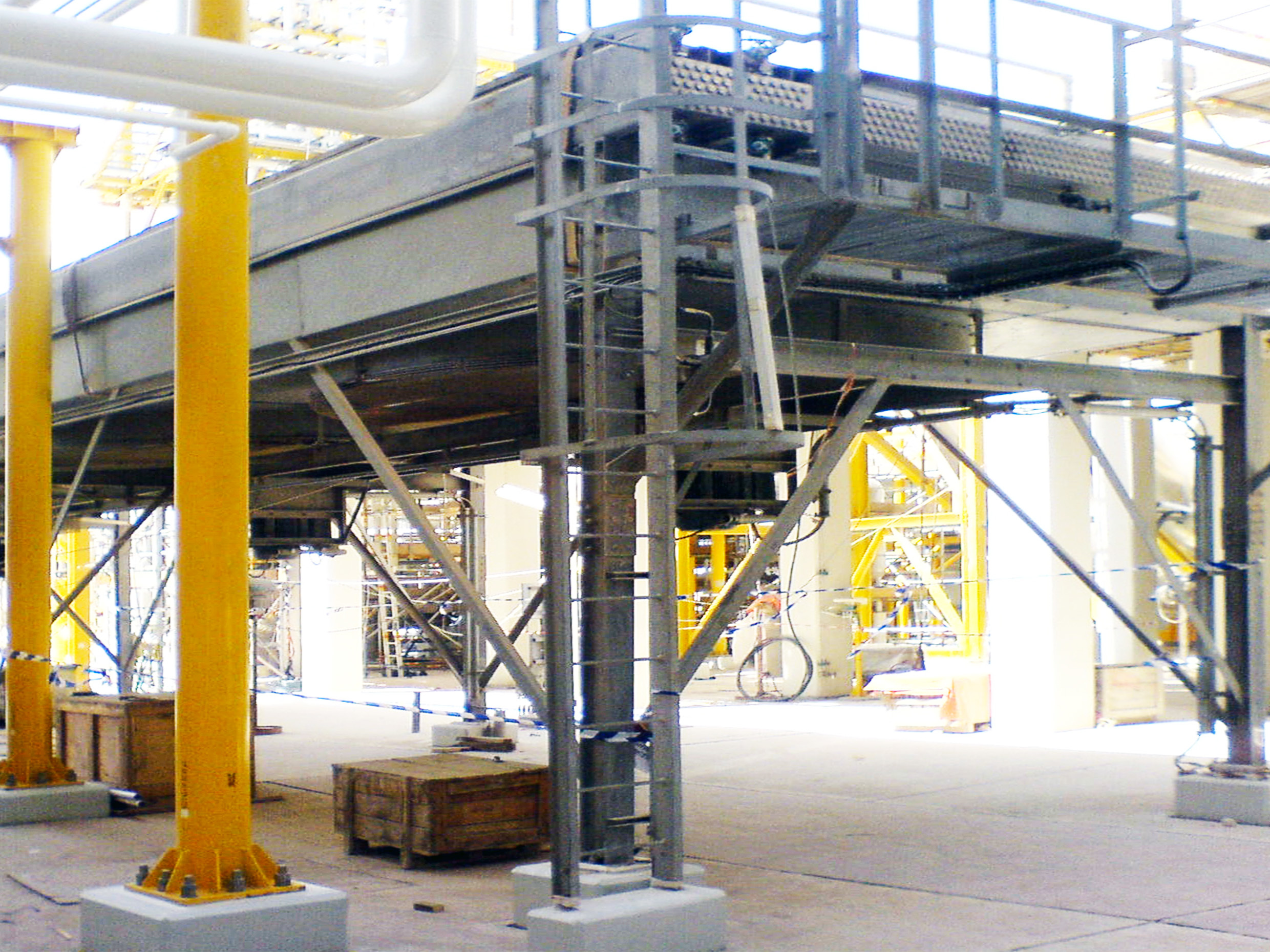Many of the apparently inexplicable trips and shutdowns of turbine, compressor, and gear lubricating systems actually have a logical explanation: Contamination in the form of metal shavings accumulating in the cooler’s fine-mesh net. Such contaminants are just as unavoidable as they are harmful. Not even a newly manufactured oil cooler or heat exchanger is completely clean.
Contaminants are very difficult to clean from the fine mesh-net and, because of cooler design, it is very difficult to achieve turbulent flow without creating a big risk of bursting the cooler through overpressure. There is, however, a method of cleaning heat exchangers effectively preventing such harmful effects: Pulse-Induced Wave Oil Flushing.

The clients benefit is to perform production with coolers or heat exchangers that are both cleaner and cheaper than newly manufactured assets.
Conventional oil flushing is an accepted method of cleaning pipe and hose connections between components, and the best method for cleaning heat exchangers. IKM Ocean Team has refined the technology in cleaning of coolers, allowing us to clean inaccessible components in which the cooler has a concealed fine-meshed net. We can therefore both clean and document the purity in our cleaning of coolers and heat exchangers. The effectiveness of the flushing method is due to PLC-controlled, pulse-induced waves.
A side benefit of cleaning heat exchangers are that you receive a full performance, documented product which is both cleaner and cheaper than a newly manufactured cooler or heat exchanger. In addition, you protect the environment by choosing a recycling policy rather than a throw-away-and-buy-new policy.
At IKM Ocean Team, we believe that we all have a responsibility for the environment. The protection of the environment is therefore a natural part of our work, in all its stages. We are always on the lookout for possible improvements in our current methods and for new technologies that can reduce environmental impacts.